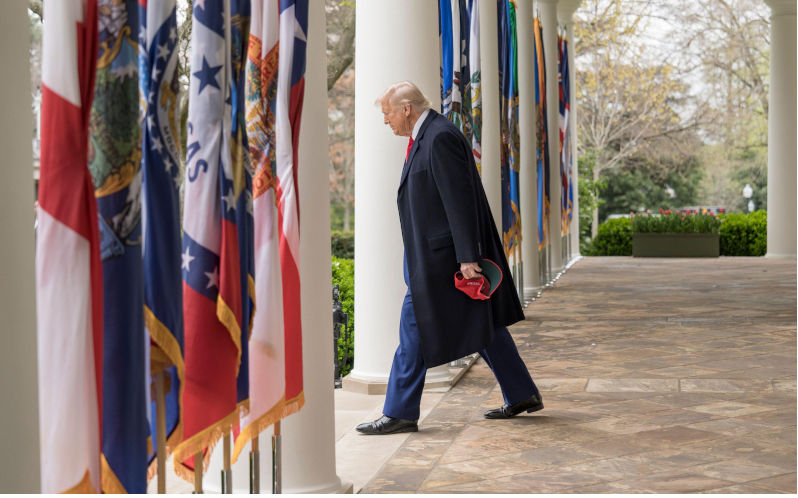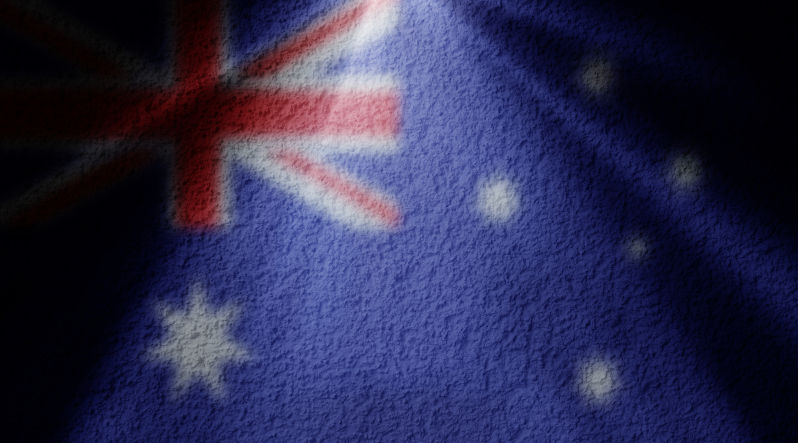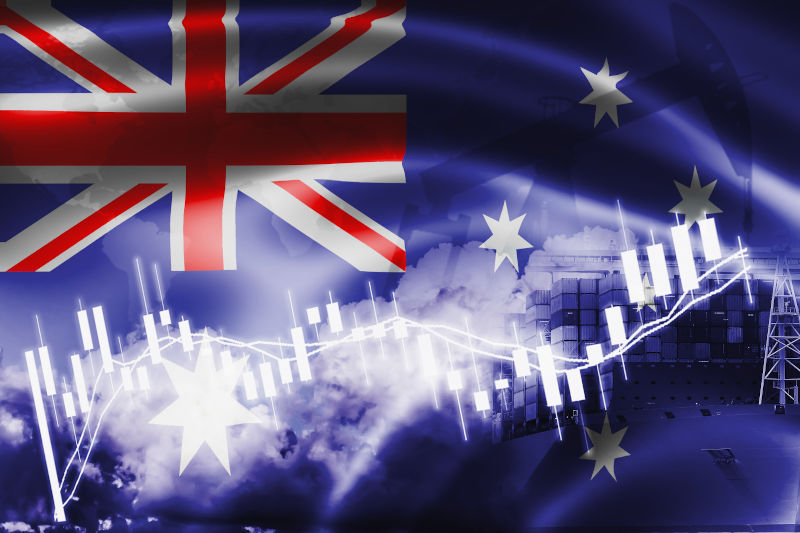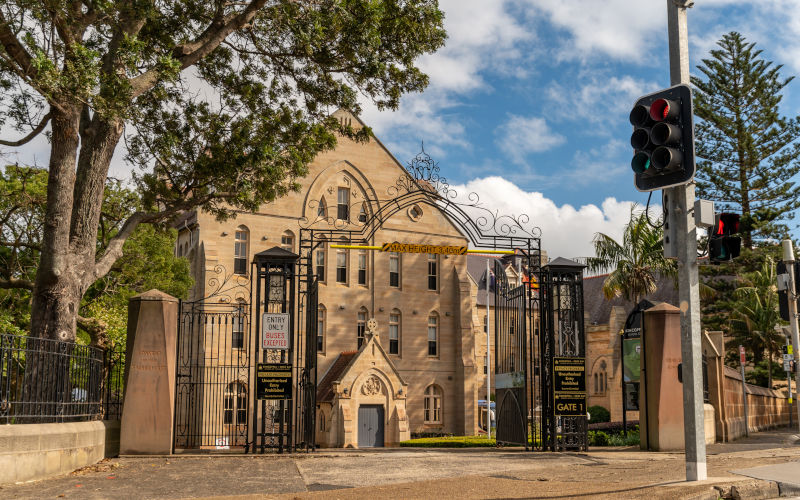
Pearlcasts
As we review 2025, the temptation is to look for neat summaries and settled conclusions.
Go to Pearlcasts
20 January 2026
Greenland is why Rudd’s DC replacement must be a diplomat
Trump’s Washington runs on proximity, power and unpredictability. Australia’s next ambassador must be chosen for clarity, skill and seriousness.

20 January 2026
Trump and Putin can still save the last nuclear arms limit
The New Strategic Arms Reduction Treaty (New START) expires in weeks. A simple extension could preserve limits on US and Russian nuclear arsenals and buy time for deeper cuts.

20 January 2026
The rules are breaking – and the world is watching
The abduction of Venezuela’s president signals a world where power is replacing law, and impunity is setting the pace.

20 January 2026
The Royal Commission must put social cohesion first
Social cohesion should be the starting point – not an afterthought – if we want to reduce racism, resentment and extremism.

20 January 2026
Can Washington still strike a grand bargain with Beijing?
A prominent Chinese academic argues the conditions are right for a US–China “grand bargain”. But recent events in Venezuela and the Middle East raise hard questions about what kind of America China is dealing with.

19 January 2026
What does it mean to be bold on the economy?
Australia’s export mix is dangerously narrow. A mission-led industrial strategy is needed to build competitive advantage and lift productivity.

19 January 2026
Gory sausage making at the Labor knackery
“Social coherence” is being invoked everywhere, but public trust is fraying. Political panic, rushed laws and weak leadership are deepening division, not repairing it.

19 January 2026
Britain has banned junk food advertising to kids. There are big lessons for Australia
Britain has moved to limit junk food marketing to children, despite loopholes and lobbying. Australia still hasn’t acted.

19 January 2026
Best of 2025 - Words or action? Dreyfus and human rights at home
Mark Dreyfus has been appointed Australia’s special envoy on human rights. Is the government prepared to match international advocacy with concrete action at home – by finally legislating a Human Rights Act?

19 January 2026
Best of 2025 - Trump’s drug war on Venezuela reeks of hypocrisy
Donald Trump’s campaign against Venezuela is less about drugs than power, exposing deep hypocrisy in US policy and raising uncomfortable questions for Australia about its alliance.

19 January 2026
Best of 2025 - How media coverage helps normalise the far right
Media coverage does more than report on the far right. Through language choices, sensationalism and false balance, journalism can help shift racist politics into the mainstream.
Read our series
Latest on Palestine and Israel

20 January 2026
The rules are breaking – and the world is watching
The abduction of Venezuela’s president signals a world where power is replacing law, and impunity is setting the pace.

18 January 2026
Best of 2025 - Gaza’s economy has collapsed beyond recognition
Gaza’s economy, society and basic infrastructure have been almost entirely wiped out. With 90 per cent of people displaced, food systems destroyed and schools and hospitals in ruins, reconstruction is becoming harder by the day.

16 January 2026
Banning slogans won’t build social cohesion
After Bondi, New South Wales politicians want to ban words and slogans. But rushed laws could punish political speech, not protect the public.

16 January 2026
Iran in the vortex: what's really happening
As protests unfold in Iran, Israeli and US figures openly talk of regime collapse. Foreign interference risks worsening violence and derailing change from within.

16 January 2026
Best of 2025 - The boy who cried antisemitism
For two years, we’ve been told Australia is drowning in antisemitism. Every protest for Palestinian human rights, every mural, every chant criticising Israel has been hauled up as “evidence.”

15 January 2026
Australians for Humanity – Demand that the invitation to the President of Israel to visit this country be immediately withdrawn
A call to withdraw President Herzog’s invitation, uphold international law, and defend free speech and the right to protest.

15 January 2026
Best of 2025 - OFFICIAL – Israel’s proposed death-penalty law is a war crime
Not satisfied it seems with the continued genocide of Palestinians, Israel is now looking to execute Palestinian prisoners by introducing a death penalty law.

14 January 2026
Best of 2025 - Gaza under siege: The continuation of Zionist demographic cleansing policies since the 19th century
Israeli propaganda tries to present the war on Gaza as a “defensive reaction.” Yet the historical record tells a very different story: systematic genocide, the destruction of civilian life and deliberate attempts to uproot entire populations. All of this is a direct continuation of Zionist colonial policies that began in the late 19th century.

Israel's war against Gaza
Media coverage of the war in Gaza since October 2023 has spread a series of lies propagated by Israel and the United States. This publication presents information, analysis, clarification, views and perspectives largely unavailable in mainstream media in Australia and elsewhere.
Download the PDFLatest on China

20 January 2026
Can Washington still strike a grand bargain with Beijing?
A prominent Chinese academic argues the conditions are right for a US–China “grand bargain”. But recent events in Venezuela and the Middle East raise hard questions about what kind of America China is dealing with.

17 January 2026
Best of 2025 - Democracies good, China bad – and history not required
Japan and China both have legitimate security concerns. But an informed debate needs major media outlets to stop systematically erasing the historical context that shapes how the region understands current events.

16 January 2026
Best of 2025 - After Trump goes home
If anyone had any lingering doubts about the change in the world order, the sight of President Trump pumping his fist into the air at the doorway of Air Force One, before turning his back on Asia to fly home, they should be put to bed now.

Support our independent media with your donation
Pearls and Irritations leads the way in raising and analysing vital issues often neglected in mainstream media. Your contribution supports our independence and quality commentary on matters importance to Australia and our region.
DonateMore from Pearls and Irritations
Latest letters to the editor
On the other hand
Les Macdonald — Balmain NSW 2041
Climate crisis is real; the doubt is manufactured
Ray Peck — Hawthorn
Obesity isn't just about junk food
Stephen Lake — Moss Vale NSW
Some honesty about "globalise the intifada", please
C Wong — Edgecliff










